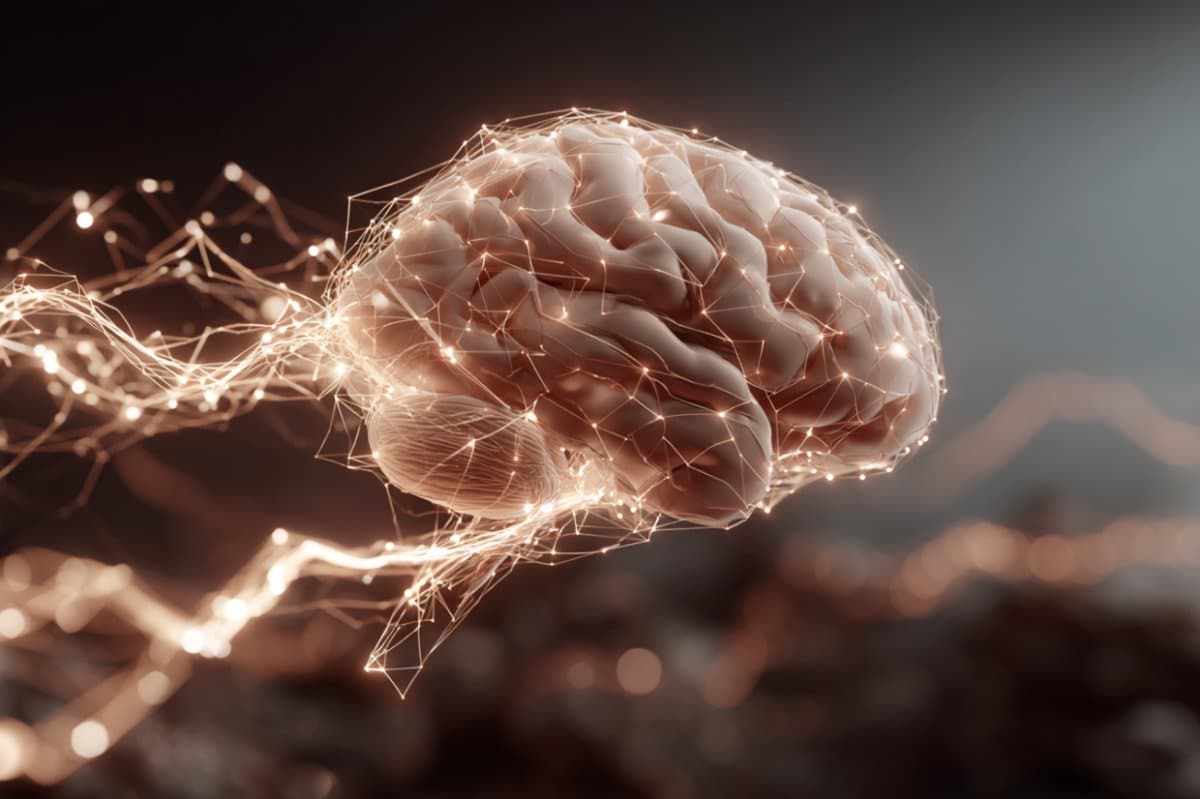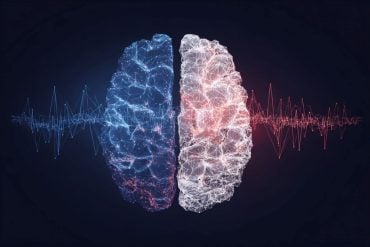Summary: A new study reveals how brain circuits between the entorhinal cortex and hippocampus stabilize memories during learning. Researchers found that synchronized signals between excitatory and inhibitory neurons in these regions help strengthen “place maps,” ensuring memories remain consistent even as new information is learned.
This balance of excitation and inhibition fine-tunes neural activity to filter important sensory input while preserving past knowledge. The findings offer new insight into how the brain encodes and maintains context-dependent memories and may inform treatments for disorders like PTSD and schizophrenia.
Key Facts
- Memory Stability Mechanism: Coordinated signaling between the entorhinal cortex and hippocampal CA3 region stabilizes learned spatial maps.
- Dual Neural Action: Excitatory and inhibitory pathways work together to fine-tune activity and reinforce memory networks.
- Clinical Relevance: Understanding these circuits may help develop therapies for memory instability seen in PTSD and schizophrenia.
Source: NYU Langone
Newly decoded brain circuits make memories more stable as part of learning, according to a new study led by NYU Langone Health researchers.
Published online in Science on Oct. 30, the study shows that activity in signaling pathways connecting two brain regions, the entorhinal cortex and the CA3 region of the hippocampus, help mice encode in brain circuitry maps of places.

The entorhinal/hippocampal circuit is known from past studies to be crucial for both memory formation, and the recalling of memories by completing patterns from partial cues. Reliable recall requires that hippocampal place maps remain stable, withstanding to some degree changes in the environment.
Problems with CA3 neural computations can lead to symptoms similar to those of schizophrenia or post-traumatic stress disorder, the study authors say – where the stability and precision of memories fail. In these instances, a balloon pop at a party might result in a freezing fear response as a soldier’s brain wrongly recalls a bomb blast.
“Our study, by focusing on the stability of hippocampal representations, fills in a substantial gap in the understanding of how long-range inputs control neuronal circuits essential for memory recall,” said senior study author Jayeeta Basu, PhD, an assistant professor in the departments of Psychiatry and Neuroscience at NYU Langone Health.
“A better understanding of circuits supporting place maps may guide the future design of more precise treatments for conditions that affect memory,” added Basu, a faculty member at the Institute for Translational Neuroscience at NYU Langone Health and recent winner of the Presidential Early Career Award for Scientists and Engineers.
Repeated Circuit Activity Sets Memory Templates
The new study revolves around brain cells called neurons, which “fire” – or generate quick swings in the balance of their positive and negative charges – to transmit electrical signals that coordinate thoughts and memories.
As a charge reaches the end of one brain cell’s extensions, it triggers the release of neurotransmitter chemicals that float across the gap between one cell and the next. On the other side, they dock into proteins that, depending on their nature, either encourage the downstream nerve cell to fire (excitation) or inhibit its firing, the researchers say.
This combination of excitation and inhibition achieves a balance that sculpts “noise” into thoughts, a balance that is maintained when the brain is not learning (in a resting state). During learning, however, boosts in excitation encode new memories, and the activity patterns of neurons determine the specificity of the memories they represent.
Reactivating these neurons in a set pattern recalls a specific memory, and produces the related behavior – such as a mouse learning where sugar water rewards are in one maze versus another.
The current study’s focus is on neurons with long extensions that coordinate activity among distant brain regions. Little is known about how long-range cell inputs influence local circuits as the brain balances stable templates (of what is already known) against new data (about constantly changing experiences) to form memories.
The research team determined that two types of long-range extensions from the lateral entorhinal cortex to the CA3 region signal at the same time to stabilize the activity of brain cell learning networks. Specifically, long-range excitatory glutamatergic (LECGLU) and inhibitory GABAergic (LECGABA) extensions were found to increase the activity of ensembles of interconnected neurons to support learning.
The study authors examined the interactions between LEC long-range inputs and CA3 circuits at the single cell level. LECGLU was found to drive excitation in CA3 but also feedforward inhibition that fine-tuned firing, while LECGABA suppressed this local inhibition to disinhibit (encourage) CA3 activity. This combined action supported stability in CA3 by triggering recurrent activity in certain circuits, encoding memories of places.
“This work dissected the mechanism whereby the brain boosts excitation of brain cells to pay more attention to certain sensory information by dialing down inhibition in key microcircuits,” says first study author Vincent Robert, PhD, a post-doctoral scholar in Basu’s lab.
“The team detailed a circuit mechanism that fine-tunes the dialogue among excitation, inhibition, and disinhibition in service of context-dependent memory formation and place map stability.”
Along with Basu and Robert, study authors from the Department of Neuroscience at NYU Langone Health are Keelin O’Neil, Jason Moore, Shannon Rashid, Cara Johnson, and Rodrigo De La Torre from the Basu lab. Other authors are Boris Zemelman of the Center for Learning and Memory at the University of Texas, Austin, and Claudia Clopath of the Department of Bioengineering at Imperial College London, Basu’s co-principal investigator for a National Institutes of Health (NIH) BRAIN Initiative R01 grant.
Funding: Funding for the study was provided by NIH grants 1R01NS109994, 1R01NS109362-01, 1RM1NS132981-01, 5T32MH019524-30, T32GM007308 training grant, 3R01MH122391-04S1, R01MH122391, 1U01 NS099720 (BVZ), and 1U01 NS094330. Also providing support were a McKnight Scholar Award in Neuroscience, the Klingenstein-Simons Fellowship Award in Neuroscience, an Alzheimer’s Association Research Grant to Promote Diversity, a Sloan Research Fellowship, a Mathers Foundation Award, a Whitehall Foundation Research Grant, an American Epilepsy Society Junior Investigator Research Award, a Blas Frangione Young Investigator Research Grant from New York University, a Leon Levy Foundation Award, a Young Researchers Bettencourt Prize, and the Emerald Foundation.
Key Questions Answered:
A: They found that signals between the entorhinal cortex and hippocampus synchronize to strengthen and stabilize memory maps.
A: Excitatory and inhibitory neuron pathways coordinate to balance new learning with established memory patterns.
A: Disruptions in these circuits can cause unstable memories, contributing to disorders like PTSD or schizophrenia.
About this learning and memory research news
Author: Gregory Williams
Source: NYU Langone
Contact: Gregory Williams – NYU Langone
Image: The image is credited to Neuroscience News
Original Research: Closed access.
“Cortical glutamatergic and GABAergic inputs support learning-driven hippocampal stability” by Jayeeta Basu et al. Science
Abstract
Cortical glutamatergic and GABAergic inputs support learning-driven hippocampal stability
Flexibility and stability of neuronal ensembles are crucial features of brain function. Little is known about how these properties of local circuits are influenced by long-range inputs.
We show that lateral entorhinal cortex glutamatergic (LECGLU) and GABAergic (LECGABA) projections to CA3 recruit specific microcircuits that conjunctively provide stability to neuronal ensembles supporting learning. LECGLU drives excitation in CA3 but also substantial feedforward inhibition that prevents somatic and dendritic spikes.
Conversely, LECGABA suppresses this local inhibition to disinhibit CA3 activity with compartment- and pathway-specificity by selectively boosting somatic output to integrated LECGLU and CA3 recurrent inputs.
This synergy allows the stabilization of spatial representations relevant to learning, as both LECGLU and LECGABA control the formation and maintenance of CA3 place cells across contexts and over time.






